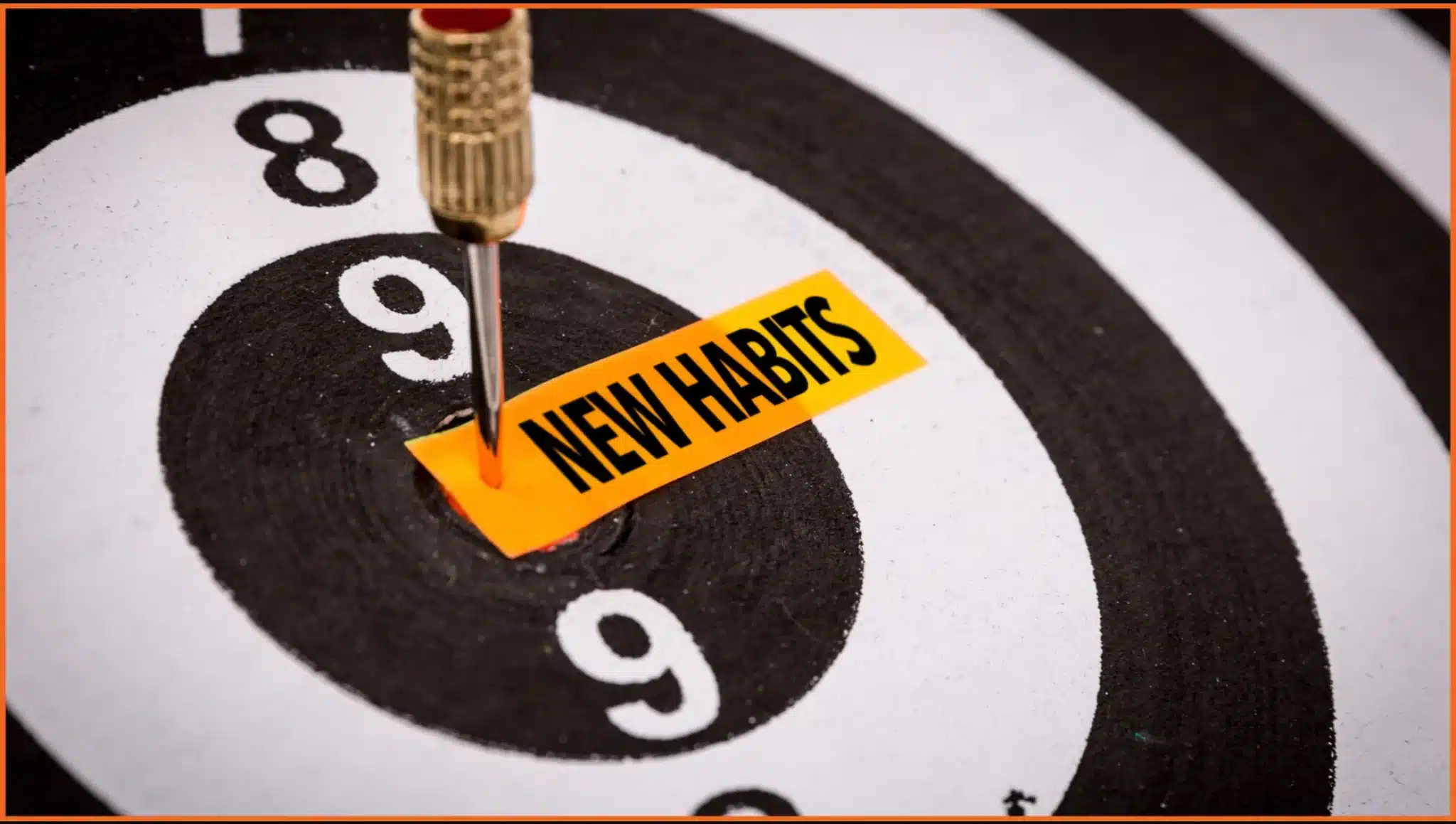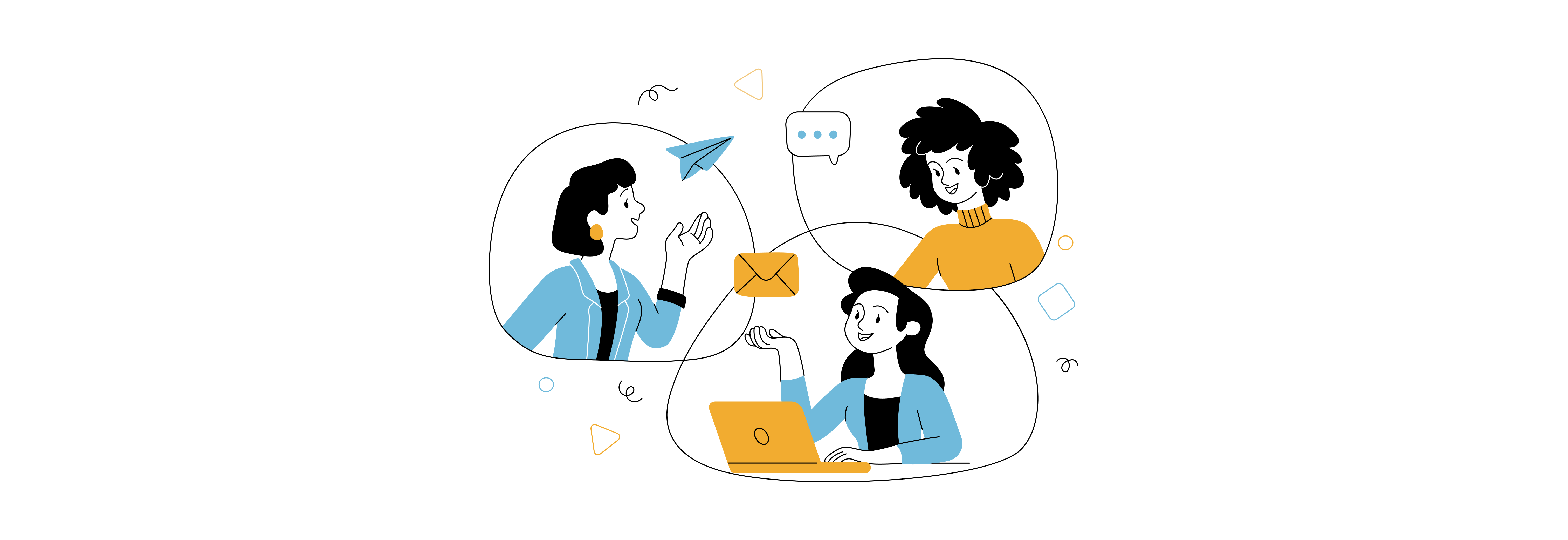Over the years, I have had the opportunity to work with teams across sectors, from high-pressure sales units to creative and collaborative learning design teams. One theme that keeps coming up in every interaction, workshop, or coaching conversation is this elusive thing we call work-life balance. Some speak of it as if it were a myth. Others chase it like a dream they keep missing by inches.
And I get it.
We live in a world where deadlines are tighter, inboxes are always overflowing, and smartphones ensure that work walks right into our homes. What once felt like personal time now easily gets swallowed by impromptu Zoom calls, late-night emails, and weekend presentations. So it begs the question. Is work-life balance really possible?
I believe it is. But not in the way most people imagine.
Balance is not about drawing a straight line down the middle of work and life and trying to divide your time equally. It’s not about shutting your laptop at exactly 6 p.m. every day. It’s about alignment. Alignment between your actions and your priorities. It’s about ensuring that the life you are building includes room for joy, health, presence, and meaning, both inside and outside of work.
What I’ve found helpful is a simple but powerful four-step process. I’m sharing it here not as a one-size-fits-all solution but as a starting point. Something you can reflect on, adapt, and make your own.
Step 1: Unearth Expectations
Table of Contents
The first and most overlooked step in creating balance is discovering what balance actually means to you and to the people around you. We often make the mistake of assuming we know what others expect of us, only to realise much later that we were working on entirely the wrong assumptions.
When I struggled with long workdays and a constant feeling of guilt about not spending enough time at home, I asked my partner what they actually expected from me. To my surprise, it was not about the number of hours we spent together. It was about being mentally present during the time we did have.
That changed everything for me.
One tool I found useful is the Stop-Start-Continue framework. It’s deceptively simple. Ask yourself and your close family or even close colleagues:
- What should I stop doing?
- What should I start doing?
- What should I continue doing?
When asked with openness and received without defensiveness, these questions can uncover blind spots, clarify misalignments, and even bring families and teams closer together.
But it requires courage. Because sometimes the answers are uncomfortable.
Step 2: Analyse with Curiosity
Once you gather these expectations, resist the temptation to act immediately. First, pause to reflect. Look for patterns in the feedback. Are certain behaviors repeatedly showing up? Is your current routine misaligned with your values?
I found it useful to treat this like a mini SWOT analysis. Think of yourself as a product in development. You are not flawed. You are evolving. What are your strengths when it comes to work-life balance? Maybe you are great at showing up for your team. Maybe you are disciplined about exercise. What are your weaknesses? Perhaps your screen time is too high, or your weekends feel more draining than restorative.
Then look outside. What are the opportunities in your environment? Could a flexible work schedule help? Could sharing weekend chores at home create more breathing space? And finally, what are the threats? Could poor boundary-setting, perfectionism, or unclear priorities be silently sabotaging your efforts?
Doing this exercise not only gave me clarity but also reminded me that balance is not a destination. It is a process of continuous adjustment.
Step 3: Set Thoughtful Goals
Once you’ve mapped the landscape, it’s time to chart your path. This is where most people jump straight into tactics like time-blocking, morning routines, or digital detoxes. While those can help, they are unlikely to stick unless they are tied to a deeper purpose.
What do you want your life to feel like?
That was the question I began journaling about. I didn’t just want to spend more time with my family. I wanted to feel lighter, more playful, and fully present. I didn’t just want to take breaks. I wanted to feel less guilty when I did. These feelings became the starting point for my goals.
Borrowing from Stephen Covey’s Habit 3: Put First Things First, I started creating a priority matrix for my personal life, just like I would at work. I made a distinction between what was urgent and what was important. For example, catching up with an old friend may not be urgent, but it’s important for emotional well-being. A doctor’s appointment might not scream for attention, but it matters.
Here’s the thing. Most of us don’t plan our personal lives with the same diligence as our professional ones. But when you start doing it, even in small ways, the impact is profound.
Write down a few short-term and long-term goals, and then break them down into action items. Want to be more present with your children? Maybe it starts with 30 minutes of undistracted playtime every evening. Want to improve your health? Maybe it begins with a 15-minute walk after lunch.
Start small, but stay consistent.
Step 4: Act with Intent, Not Guilt
Action is where things either begin to change or fall apart.
I used to make long to-do lists, set ambitious goals, and then feel defeated when life got in the way. Until I realised that execution does not need to be perfect. It needs to be intentional.
Here’s one change that helped me immensely: I began sharing my goals with the people they affect.
Telling my family that I was working on being more present helped them become allies, not critics. They supported my effort, reminded me gently when I slipped, and celebrated the small wins. I did the same at work. I told my colleagues that I was trying to keep my evenings free of work so I could recharge better and show up more focused the next day. They respected that. More importantly, it gave others the permission to do the same.
Transparency builds trust. And trust makes space for balance.
If something derails your plan for the day or week, be kind to yourself. Real balance includes imperfection. The goal is not to perform a perfectly curated life. The goal is to live it fully, with intention and grace.
The Real Challenge: Balancing Invisible Expectations
Let me also speak about a subtle but real obstacle. Many people, especially in fast-paced corporate settings, feel like they must be “always available.” This internalised expectation is rarely spoken out loud, yet it dictates our behaviors. We reply to emails at 10 p.m. not because anyone asked us to, but because we fear being seen as uncommitted.
This needs to change.
Work-life balance will remain a buzzword until organisations, leaders, and individuals collectively challenge such invisible scripts. One powerful way to do that is through modeling. When someone sees a peer or leader logging off at a reasonable hour, refusing weekend work, or taking real vacations without guilt, it signals a cultural shift.
So be that person. Not only for your own balance, but to give silent permission to others too.
Final Thoughts: Balance is a Verb, Not a Noun
Balance is not a place you arrive at and check off forever. It is something you practice. It is something you realign. Some days will be messy. Some weeks will feel like a blur. But if your overall direction is intentional, you are doing just fine.
If you’ve ever found yourself wondering whether true work-life balance is even possible, know that the answer is yes. But it begins with your definition of balance. And then it continues with a handful of mindful choices repeated consistently.
Remember, small changes compound. They do not just make you a better professional. They make you a more present parent, a more fulfilled partner, and a more joyful human being.
And isn’t that what life should be about?
Also Read: Wake Up to a More Productive You










